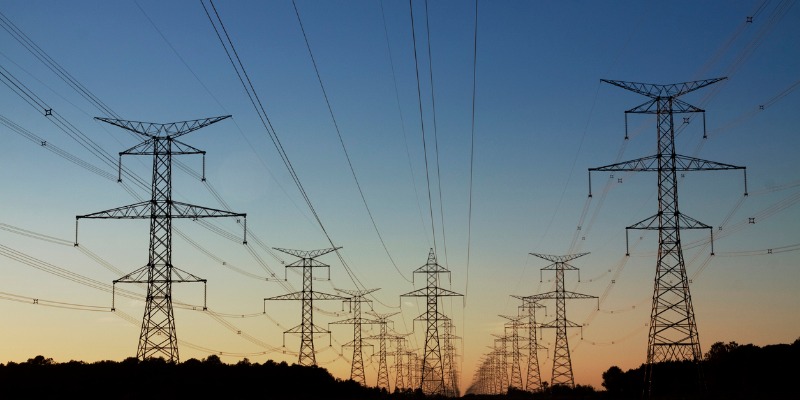Trudeau government should learn from Ontario’s green energy failure

Gerry Butts, former principal secretary to Prime Minister Trudeau, is at the heart of a new group, the Task Force for a Resilient Recovery, which recently released a series of recommendations for massive investment in green projects. These recommendations seems to be influencing the prime minister and Finance Minister Chrystia Freeland, in terms of how best to promote economic recovery.
Unfortunately, the recommendations ignore past attempts by government to intervene and actively steer the economy towards a greener future. Butts should know better since he was involved in one of the previous failed experiments in Ontario.
The task force calls for at least $50 billion in new “green” spending including energy efficient retrofits for buildings, “going big” on clean energy, “jumpstarting” production, zero-emission cars, solar power and hydrogen production. And remember, this is all borrowed money on top of the nearly $400 billion borrowed this year alone.
Prior to his role with Prime Minister Trudeau, Butts—along with a number of other senior officials in Ottawa—was part of the inner circle of former Ontario premier Dalton McGuinty. Butts was instrumental in a number of policy reforms including the province’s move towards mandated renewable electricity, which has caused enormous economic damage.
For example, Ontario introduced the Green Energy Act (GEA) in 2009 just after Butts left to run the World Wildlife Fund Canada. The GEA aimed to “expand renewable energy generation, encourage energy conservation and promote the creation of clean energy jobs.” The centerpiece of the GEA was a subsidy for renewable electricity providers whereby above-market prices were guaranteed in long-term contracts. To fund this corporate subsidy and other costs (including conservation programs), a new surcharge on electricity prices known as the Global Adjustment (GA) was introduced.
Power prices soared—not because electricity costs more to generate but because the surcharge (GA) has risen dramatically to accommodate the rising subsidy costs for renewables. Residential electricity prices increased 71 per cent from 2008 to 2016, far outpacing electricity price increases in other provinces.
The province’s industrial sector has also suffered from marked electricity price increases. Between 2010 and 2016, large industrial users in Ottawa and Toronto experienced cost increases of 53 per cent and 46 per cent respectively, while the average increase for the rest of Canada was only 14 per cent. These increases have hurt the province’s manufacturing sector, once a bedrock of the provincial economy. Electricity prices tend to be one of the key costs for manufacturers and the increase is estimated to have cost the province more than 74,000 manufacturing jobs.
Ontario’s own auditor general concluded that the guaranteed-price energy contracts with renewable generators caused Ontarians to pay $9.2 billion more than they would have paid for electricity under the province’s previous system.
To make matters worse, since electricity from wind and solar can’t be stored, Ontario has been forced to export its surplus electricity from renewable sources to neighbouring jurisdictions at a loss. In fact, according to the province’s auditor general, subsidized power exported to neighbouring jurisdictions cost Ontarians $1.3 billion between 2005 and 2011.
In other words, due to the push to renewable energy in Ontario, which Butts and company are now promoting in Ottawa, solar and wind contributed about 10 per cent of the province’s electricity but accounted for roughly 25 per cent of the cost of electricity generation. Consider that the prices paid per megawatt of electricity (between May 2019 and April 2020) to solar generators ($481) was six times higher than to nuclear generators ($80) and more than seven times higher than to hydroelectric generators ($63).
Ontario’s experience should be a cautionary tale for the federal government. But it’s being ignored and could lead to billions more spent by Ottawa and higher energy costs for Canadians. This is exactly the opposite of what’s needed to promote economic recovery and prosperity.


